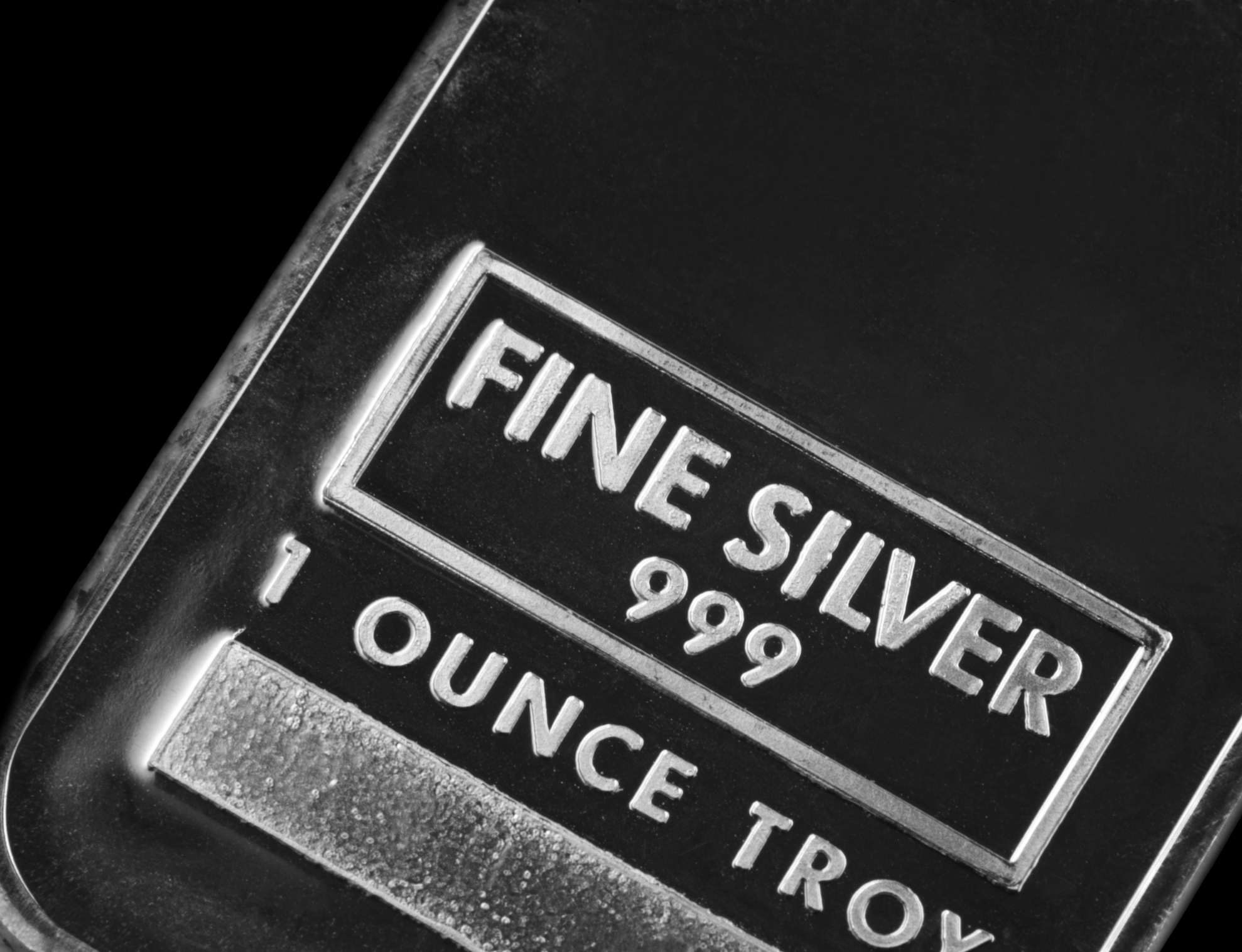Silver futures are contracts to buy and sell silver at a fixed price at an agreed-upon date in the future. Though investors can use them to speculate on silver price movements, they're more commonly used by businesses to hedge against price fluctuations. For example, a manufacturer might buy silver futures as a hedge against price increases, or a mining company might sell futures contracts as a safeguard in case silver prices drop.
It's possible to make money off silver futures, but it's highly risky. Here's how silver futures work and why they generally aren't suitable for investors.

How can I invest in silver?
Silver is used to make jewelry, but it's far more commonly used in the industrial sector. There are a few different ways to invest in silver.
Physical silver
Buying silver bars and coins is the simplest way to invest in silver, but it comes with the challenge of secure storage. Unlike stocks or funds, physical silver doesn’t generate income, like dividends. It sits there until you sell it, hopefully for a profit.
Silver stocks
Investing in silver stocks, such as shares of silver mining companies, lets investors benefit from rising silver prices. But the stock’s performance also depends on other factors, including the company's management. For example, a silver mining company struggling with debt or production issues could lose value even if silver prices rise.
Silver ETFs
Silver exchange-traded funds (ETFs) make it easy to invest in silver without worrying about storage or choosing individual stocks. Not all silver ETFs are the same, though.
Some silver ETFs invest in physical silver. These ETFs track the price of real silver stored in vaults. Others invest in companies that extract and refine silver, or they invest in a combination of physical silver and silver stocks.
Silver futures
Silver futures are contracts that let businesses agree to buy or sell silver at some point in the future. Although they're often used as a hedging tool, investors and traders can also use futures contracts to speculate on silver price movements.
Silver futures are standardized contracts traded on exchanges such as the COMEX (part of the CME Group). Each standard contract represents 5,000 troy ounces of silver. There are also smaller contract sizes available.
Since futures use leverage, they can lead to big gains or losses, depending on how the market moves. You'll only put down a small percentage of the contract's value through a margin deposit. For example, if silver is trading at $60/ounce, a standard futures contract would cost $300,000 ($60*5,000 troy ounces), but you might only need an initial margin deposit of $22,000.
However, if the price moves against your position, you may face a margin call. You'd need to deposit additional funds -- otherwise, your broker could liquidate your position, and you'd still be responsible for any amount you owe.
Scenario | Silver Price | Contract Value | Profit/Loss |
|---|---|---|---|
Initial Investment | $60/oz | $300,000 | --- |
Silver Increases | $63/oz | $315,000 | $15,000 |
Silver Decreases | $57/oz | $285,000 | ($15,000) |
Silver futures types
There are three types of silver futures, with the main difference being the size of the contracts:
- Standard silver contracts represent 5,000 troy ounces of silver.
- Mini silver contracts represent 2,500 troy ounces of silver.
- Micro silver contracts represent 1,000 troy ounces of silver.
Micro and mini silver contracts provide the opportunity to invest in small silver futures contracts with lower margin requirements.
Risks and benefits of silver futures
Here are the pros of trading silver futures:
- Leverage gets you more exposure with less upfront cash. If you had $22,000 to invest and bought physical silver at $60 per ounce, you'd get about 367 ounces. That same $22,000 could be the margin on a futures contract for 5,000 ounces. If silver rises by just $1 per ounce, you'd be up $5,000, compared to $367 if you'd bought physical silver.
- Liquidity makes it easy to buy and sell. Unlike trading physical silver, which requires finding a buyer or seller, negotiating a deal, and managing storage and delivery, silver futures contracts trade on major exchanges like COMEX. Under this scenario, investors can trade silver futures with relative ease.
- It makes your portfolio more diversified. Metals like silver and gold are often seen as a hedge against inflation, and they also have a weak correlation with the stock market. Because silver is widely used for industrial purposes, it's more closely tied to the economic cycle than gold. Still, silver and silver futures can offer diversification if your portfolio primarily consists of assets like blue chip stocks and standard index-tracking ETFs.
Now, let's look at the cons of silver futures:
- Leverage also increases your risk. Trading silver futures requires only a fraction of the contract’s total value upfront, but as mentioned above, this also means losses can be amplified. If you put down $5,000 to control a $100,000 contract, you could face a margin call if silver prices drop by just 5%. This means you'd either need to add more funds to keep your position open or close it at a loss, potentially losing your entire margin deposit.
- Prices can swing wildly. Silver prices can be influenced by inflation, mining supply, and global economic events. Because the global silver market is only a fraction of the size of the gold market, small changes in supply can lead to significant price volatility. Since it's widely used in manufacturing, prices are also sensitive to changes in industrial demand.
- You need to manage expiration risk. Unlike stocks, which you can hold indefinitely, silver futures expire. If you don't close out or roll over the contract before the expiration date, you may be forced to deliver or accept delivery of 5,000 ounces of silver for a single contract, which could be a logistical nightmare.
Avoid these critical silver futures trading mistakes
The most significant mistakes in silver futures trading typically involve taking on excessive risk and failing to conduct enough research before investing.
Investors who want to multiply their potential profits often use too much leverage with silver futures. This risky approach can lead to significant losses if the market moves against you. It's safer to keep your positions manageable, even if that means sticking to micro or mini contracts.
Make sure you fully understand how silver futures contracts work and that you've thoroughly analyzed what could affect silver prices going forward. There are multiple factors that affect the silver market, and understanding them can help you make a more informed investment.
Related investing topics
Critical factors to evaluate before investing in silver futures
Before investing in silver futures, it's important to assess the current market conditions to see if the price is likely to rise. Here are a few key factors to look at to forecast silver prices:
- Economic conditions: A strong economy leads to more luxury spending. Since silver is used in jewelry and other luxury products, demand for it tends to increase when the economy is growing.
- Inflation: During periods of high inflation, silver prices typically rise because it's considered an inflation hedge.
- Interest rates: There's a reverse correlation between silver prices and interest rates. As interest rates decline, investors shift money from cash into other assets, including silver.
- Gold prices: Silver and gold often move together. If gold has been appreciating in value, it is likely that silver will follow suit.
Also, consider your budget and risk tolerance to decide on an appropriate position size. Remember that you need enough cash to cover the margin requirements, even if silver prices drop. Cutting it too close puts you at risk of a margin call, so it's good to leave yourself a buffer just in case.
